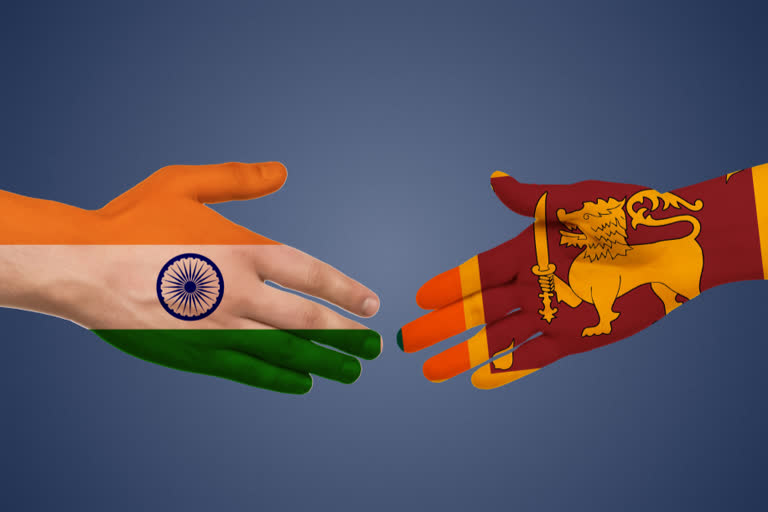Hyderabad:India has over 2,500 yr old relations with its closest maritime neighbour Sri Lanka. A bridge of cultural, religious and linguistic interaction connects both nations but relations have always been effected by the ruling leadership of New Delhi and Colombo.
The island nation is all set for its presidential polls on November 16, and the result may script a new chapter in its relations with India. Both countries have some major issues-
Trade Ties
New Delhi and Colombo enjoy a vibrant and growing commercial partnership, with bilateral trade growing rapidly in the last decade and a number of leading Indian private sector companies investing in Sri Lanka and establishing a presence in the country.
New Delhi is among the top investors in the island nation with cumulative investments of over US$ 800 million since 2003.
India is Sri Lanka’s largest trading partner globally, while the island nation is New Delhi’s second-largest trading partner in the SAARC. It is the number one source of supplies accounting for twenty percent of Sri Lanka’s total imports and the third largest export destination for Colombo products absorbing six percent of total exports.
Both countries also share the membership in other regional and multilateral trading arrangements namely; Asia Pacific Trade Agreement (APTA), South Asia Free Trade Agreement (SAFTA) in the SAARC context, BIMSTEC (Bay of Bengal Initiative for Multicultural Technical and Economic Cooperation), Global System of Trade Preferences (GSTP) and the World Trade Origination (WTO) which were influential in strengthening and further advancing trade and economic ties.
Fishermen in Peril
The fishing war not only strained the ties between New Delhi and Colombo but has also put the livelihood and lives of fishermen, who are often poor and desperate, in peril.
Given the proximity of the territorial waters of both countries, especially in the Palk Straits and the Gulf of Mannar, incidents of straying of fishermen are common.
Both countries have agreed on certain practical arrangements to deal with the issue of bona fide fishermen of either side crossing the International Maritime Boundary Line. Through these arrangements, it has been possible to deal with the issue of detention of fishermen in a humane manner.
New Delhi and the island nation have agreed to set up a Joint Working Group (JWG) on Fisheries between the ministry of agriculture and farmers welfare of India and the ministry of fisheries and aquatic resources development of Sri Lanka as the mechanism to help find a permanent solution to the fishermen issue.
Chinese Checker
Under the leadership of former Sri Lankan president Mahinda Rajapaksa, Colombo apparently started favouring Beijing over New Delhi. Chinese funds started flowing and it has started big buck infrastructure projects in the island nation.
As part of the Maritime Silk Route (MSR) policy, Beijing built two ports, one in Colombo and another in Hambantota. China has also collaborated in satellite launching activities with Supreme SAT (Pvt.), Sri Lanka’s only satellite operator.
In the wake of Beijing’s economic dominance on the island nation, New Delhi is also entering into Sri Lanka’s mega-project business in a big way by focusing on infrastructure development in the northern and eastern provinces.
India is also planning to build Trincomalee port, which is envisioned as the Indian counterweight to Chinese developments at Hambantota Port. Besides, Colombo signed a civil nuclear cooperation agreement in 2015, which is the island nation’s first nuclear partnership with any country.
Indians in Lanka
The People of Indian Origin (PIOs) comprise Sindhis, Borahs, Gujaratis, Memons, Parsis, Malayalis and Telugu speaking persons who have settled down in Sri Lanka (most of them after partition) and are engaged in various business ventures.
Though their numbers (10,000 approximately) are much lesser as compared to Indian Origin Tamils (IOTs), they are economically prosperous and are well placed.
